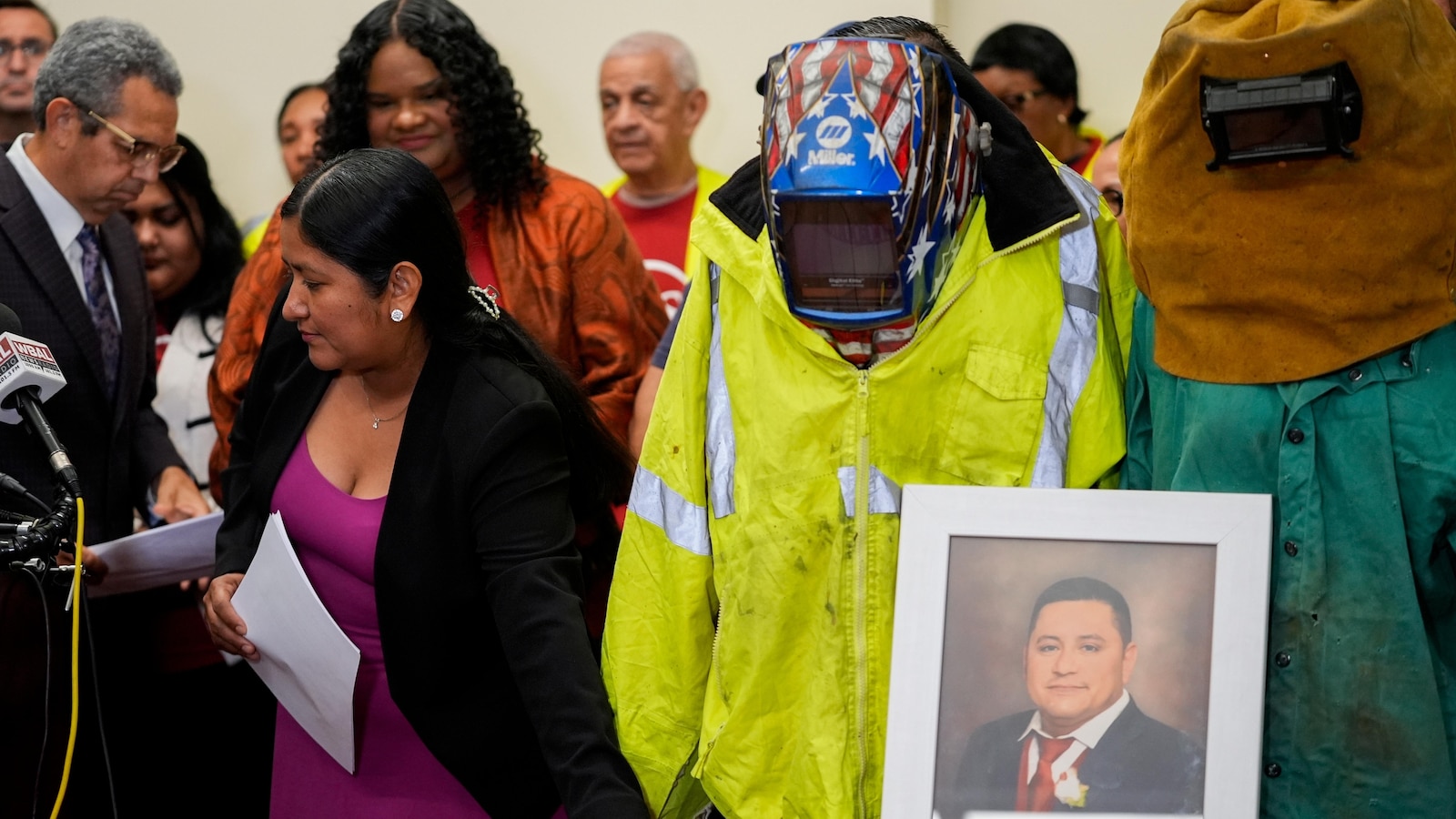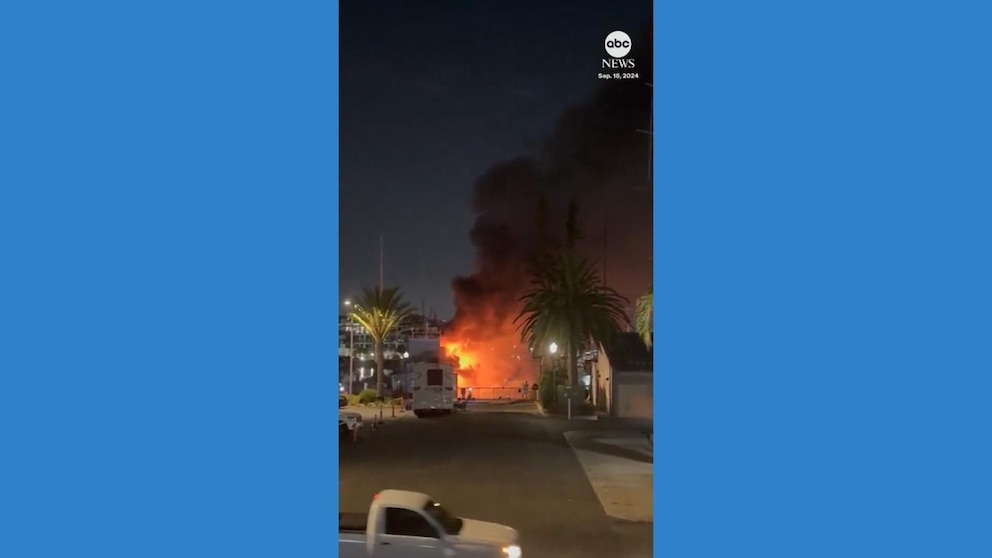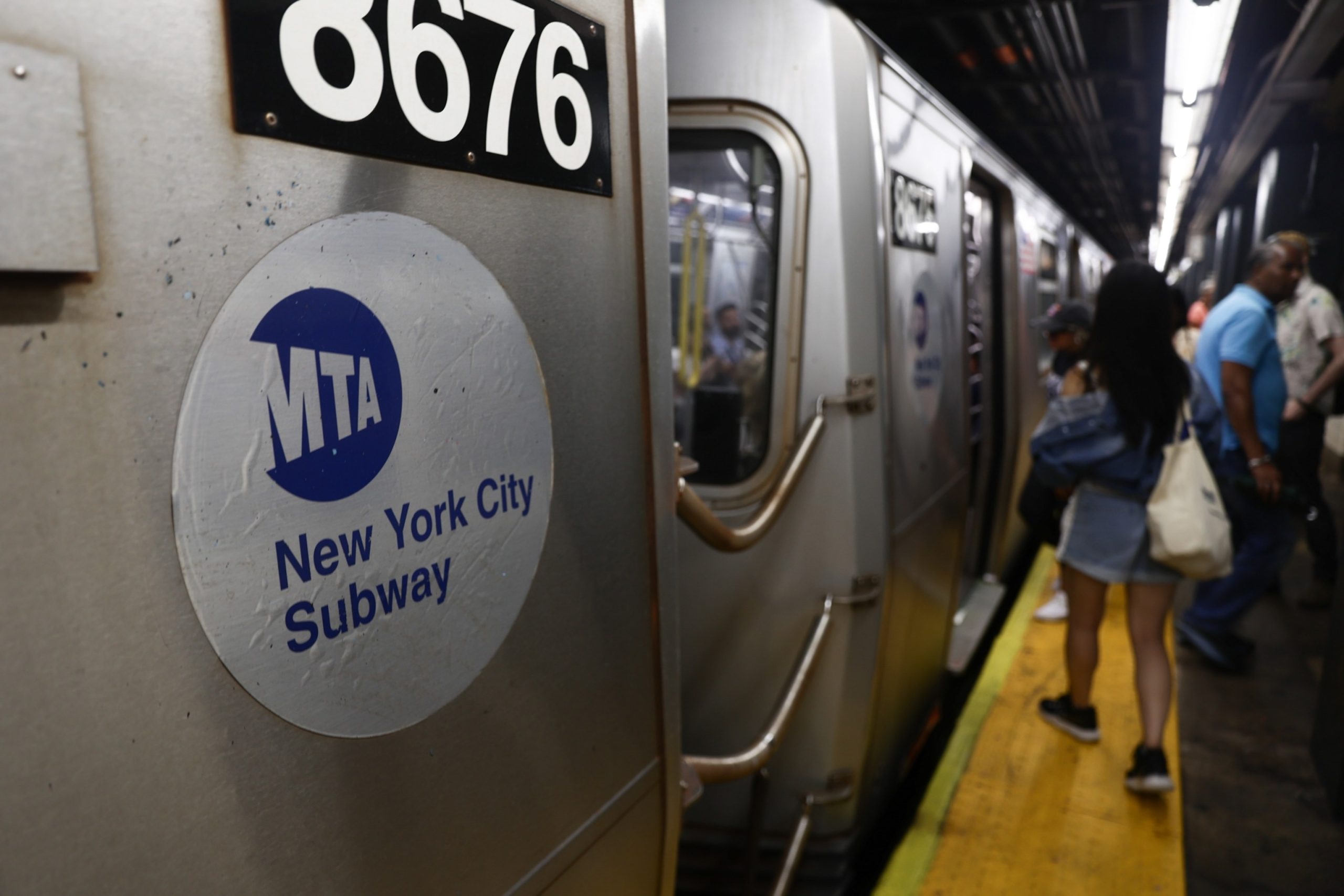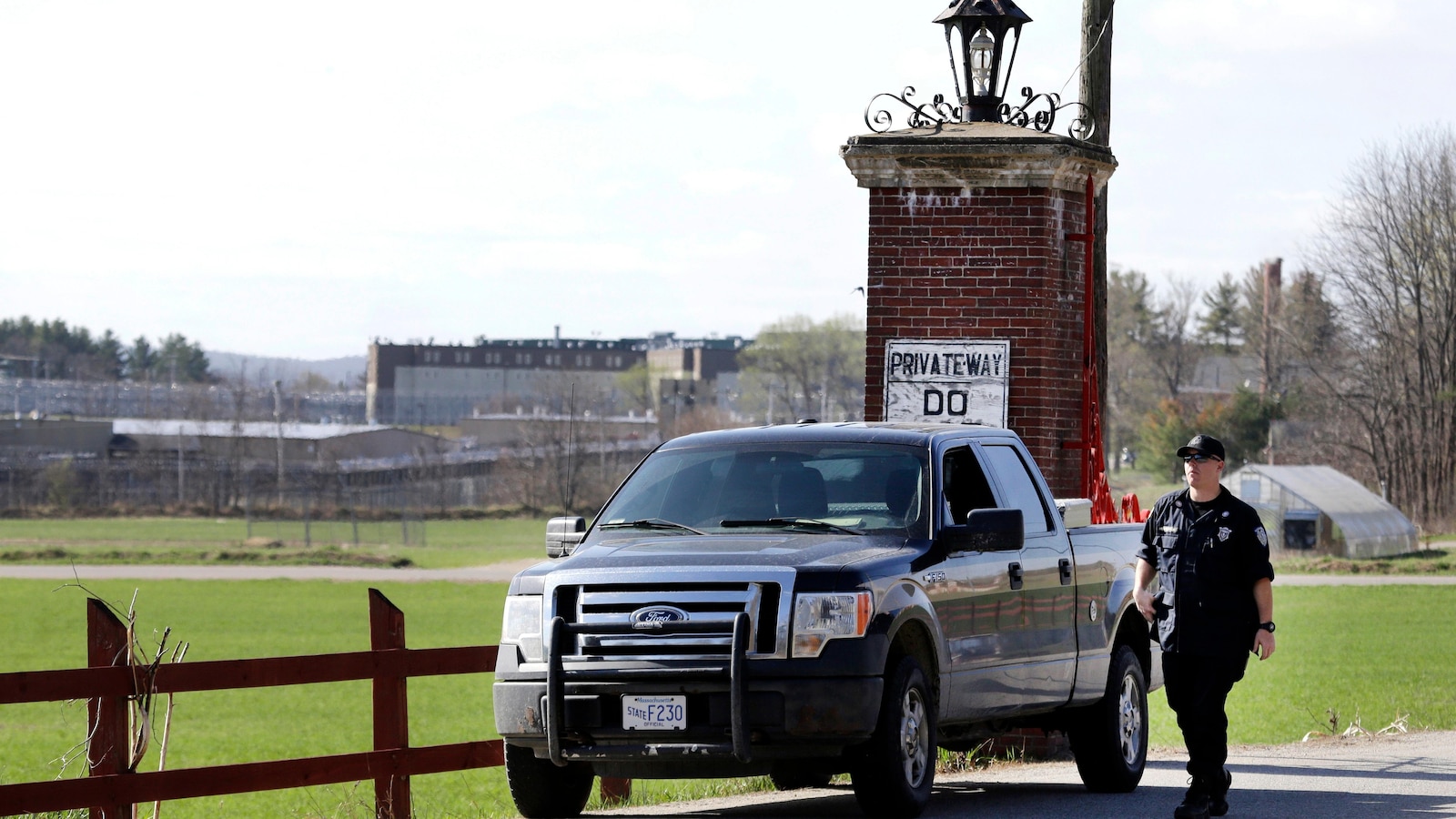
BALTIMORE — Years after immigrating to the U.S. and settling in the Baltimore area, Maria del Carmen Castellón was working toward a new chapter of her family’s American dream, hoping to expand her successful food truck business into a Salvadoran restaurant.
Her husband, Miguel Luna, was right there beside her. Years of welding and construction jobs had begun taking a toll on his health, but he kept working hard because he couldn’t afford to retire yet. He was filling potholes on an overnight shift when disaster struck. A massive container ship lost power and slammed into the Francis Scott Key Bridge, sending Luna and five other men plunging to their deaths as the steel span collapsed into the water below.
Several months later, Luna’s family is still struggling to construct a future without him.
“That day, a wound was opened in my heart that will never heal, something I would not wish on anyone,” Castellón said in Spanish, speaking through a translator at a news conference Tuesday.
She appeared alongside other victims’ relatives and attorneys to announce their plans to take legal action against the owner and manager of the Dali, arguing the companies acted with negligence and ignored problems on the ship before the March 26 collapse.
A last-minute mayday call from the ship’s pilot allowed police officers to stop traffic to the bridge, but they didn’t have time to alert the road work crew. Most of the men were sitting in their construction vehicles during a break and had no warning. One survived falling from the bridge by manually opening the window of his truck and climbing out into the frigid waters of the Patapsco River.
Following the disaster, salvage divers worked around the clock to recover the victims’ bodies. The underwater wreckage blocked the main channel into the Port of Baltimore for months, disrupting East Coast shipping routes and putting many longshoremen temporarily out of work.
All six of the victims were Latino immigrants who came to the U.S. seeking better-paying jobs and opportunities for their families. Most had lived in the country for many years, including Luna, who grew up in El Salvador. He left behind five children.
Luna would often go straight from a construction shift to helping at the food truck, where his wife served up pupusas and other Salvadoran dishes. The business attracted a diverse clientele and had a loyal following in their close-knit Latino community south of Baltimore.
Castellón said the business symbolized their shared vision for the future. Just days before his death, Luna surprised her with a visit to the storefront they hoped to rent.
“Every mile driven in that food truck, every vegetable chopped took us a step closer to our dreams,” she said.
She recalled how he stopped by the food truck before heading to work the last time. She gave him dinner and he gave her a kiss.
In seeking justice for her family, Castellón said, she hopes to prevent future tragedies by advocating for safer working conditions. She wants more robust protections for immigrant workers who too often find themselves taking dangerous jobs no one else is willing to do. She displayed a pair of her husband’s old welding uniforms, noting holes in the fabric caused by flying sparks.
Gustavo Torres, executive director of the Maryland-based advocacy group CASA, said it should come as no surprise that the victims of the collapse were immigrant workers. He said their suffering must not be brushed under the rug by corporate interests.
“No financial loss can compare to the loss of human life,” Torres said at the news conference, calling the victims “six irreplaceable souls” whose loved ones are trying to pick up the pieces after their worlds were destroyed in an instant.
The Dali is owned by Grace Ocean Private Ltd. and managed by Synergy Marine Group, both of Singapore. The companies filed a court petition days after the collapse seeking to limit their legal liability, a routine procedure for cases litigated under U.S. maritime law. The joint filing seeks to cap their liability at roughly $43.6 million in what could become the most expensive marine casualty case in history.
Darrell Wilson, a spokesperson for the ship’s owner, said the victims’ upcoming challenge was anticipated and noted there is a Sept. 24 deadline for such filings in the case. He declined to comment further on the pending litigation.
Several other interested parties, including city officials and local businesses, have already filed opposing claims accusing the companies of negligence. Filings on behalf of the victims and their families are expected in coming days.
Preliminary findings from a National Transportation Safety Board investigation show that the Dali experienced a series of electrical issues before and after leaving the Port of Baltimore. The ship was destined for Sri Lanka when it experienced a power blackout and lost steering at the worst possible moment. The FBI launched an investigation into the circumstances leading up to the crash.
A plan is underway to rebuild the bridge, but it could take years.
Meanwhile, Castellón said she plans to continue pursuing her dream of opening a restaurant — now in her husband’s honor.
“I know he is up there watching down on me, celebrating all of the victories with me,” she said. “I will continue to make him proud.”
The collapse of the Key Bridge in [insert location] was a tragic event that claimed the lives of [number] individuals and left many others injured. As the families of the victims continue to mourn their loss, they are also seeking closure and justice for their loved ones.
The search for justice in the aftermath of a tragedy like the Key Bridge collapse can be a long and arduous process. Families often face numerous challenges as they navigate the legal system and seek accountability for what happened. From filing lawsuits against responsible parties to advocating for changes in safety regulations, there are many avenues that families can pursue in their quest for justice.
One of the key steps in seeking justice is conducting a thorough investigation into the causes of the collapse. This may involve working with experts in engineering and construction to determine what went wrong and who may be responsible for the disaster. Families may also need to gather evidence, such as witness statements and documentation of safety violations, to support their case.
In addition to legal action, families may also seek closure through other means, such as participating in memorial events or creating a foundation in honor of their loved ones. These activities can help families to remember their lost family members and find meaning in their tragedy.
It is important for families of Key Bridge collapse victims to know that they are not alone in their search for justice. There are organizations and support groups that can provide guidance and assistance throughout the process. By coming together with other families who have experienced similar losses, they can find strength and solidarity in their pursuit of justice.
Ultimately, the search for justice is a deeply personal journey for each family affected by the Key Bridge collapse. While it may be a difficult and emotional process, it is important for families to persevere in their quest for accountability and closure. By standing up for their loved ones and demanding justice, they can honor their memory and ensure that such a tragedy never happens again.


